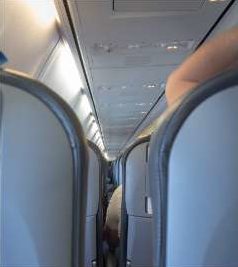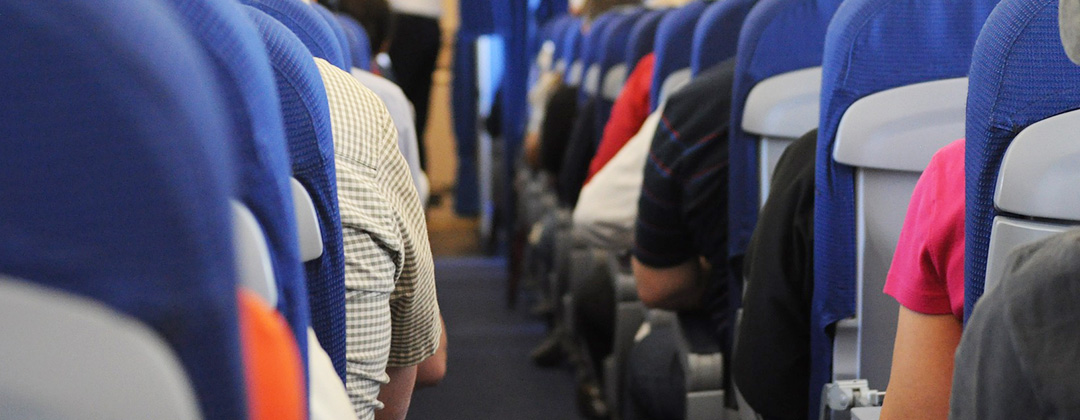
Drivers of the Flame Retardants for Aerospace Plastics Market
There are two key factors spurring the growth of the flame retardants for aerospace plastics market across the globe.
1. Increased Demand for Commercial Aircraft
In many fast-growing, developing countries, like India, there is a large demand for new commercial aircraft to build fleets and replace older models. With this global increase in demand for commercial aircraft, the flame retardants for aerospace plastics market should expect to see a related expansion. Many pieces of aircraft are manufactured using plastic, including wings, airframes, cabins, decks, cushion foams, rotor blades and more.
Lightweight, versatile products, like glass-reinforced plastics, polycarbonates and epoxies, are proving more popular than traditional materials like wood and metal. These new materials require little maintenance and are highly resistant to heat, pressure and chemicals, making them perfect for use on aircraft exterior surfaces.
For example, our Dura-Trim fire-retardant products combine flexible PVC covers and woven fiberglass reinforcements, along with a range of proprietary coatings designed to protect passengers and crew.
2. Increased Fire Safety Standards and Regulations
With increased fire safety standards and regulations across the globe, flame retardants for the aerospace plastics industry should see accelerated demand. The use of fire-resistant, fiber-reinforced plastic and other heat-retardant materials during all phases of aerospace construction can greatly reduce the number of incidents related to flammability.
Restraints on the Flame Retardants for Aerospace Plastics Industry
Although there are many positive factors driving growth in the flame retardants for the aerospace plastics industry, there are also some issues restraining growth.
1. Environmental and Health Concerns
Some flame retardants contain chemicals such as phthalates that can be dangerous to those exposed to them. They can cause damage to the immune system, disrupt the endocrine system and cause neurologic issues. This has caused many governments to limit the use of flame retardants with dangerous compounds, slowing the growth of the flame retardants for aerospace plastics market.
2. Rising Costs
As demand has grown for flame-retardant materials, the price of these products has also gone up. Fluctuations in raw material availability have also affected the prices of flame retardants for the aerospace plastics market.

Trust Duracote for Your Flame Retardant Needs
Duracote offers a wide range of flame-retardant products for aircraft interiors to help keep passengers safe. We set high standards to maintain our reputation as a leader in the airplane interior industry. We understand the flame retardants for the aerospace plastics market and can help our customers find the best use for these products.
Browse our website today and contact us to find out more about how Duracote can help.



